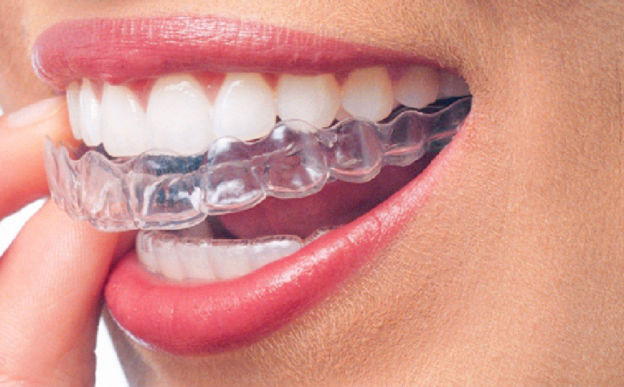Do you dream about straightening your crooked teeth but dread wearing braces for what seems like years on end? If so, you may be unfamiliar with the actual facts about teeth straightening.
Unfortunately, there are many misconceptions surrounding dental work, leaving most too hesitant to begin the journey toward straighter teeth. So, read on to dispel inaccurate rumors and learn the truth about different teeth straightening procedures.
Braces are the only option
When people think about straightening teeth, most assume braces are the only option. In popular media, images of teenagers with bulky braces and complicated headgear twisted the narrative, leaving many afraid of looking into dental work.
Thankfully, less invasive (and visible) options are available for those uninterested in traditional metal braces. In addition to alternative orthodontic gear that can help correct some bites, Invisalign braces are a low-impact option that can accomplish many of the same goals with far less disruption.
Teeth straightening is solely a cosmetic procedure
Some people talk about orthodontia as a predominantly cosmetic intervention. Though it’s true that some orthodontic patients choose to straighten their teeth to feel more confident, straightening or correcting bites is a medical necessity for many others.
A misaligned bite can lead to additional dental complications, including bone and gum loss and infection. Though straightening teeth has the bonus of a nice look, it’s also a treatment for their health.
Teeth straightening is consistently painful
Straightening your teeth may come with a painful reputation, and it’s true that early orthodontia looked and felt uncomfortable to patients. However, with advancing orthodontic technology, teeth straightening treatments are often far less painful.
Incremental changes in your bite cause less discomfort, particularly for patients who use non-traditional forms of adjustment.
Straightening your teeth should start during childhood
While it’s helpful to intervene in a child’s unsustainable bite early on in childhood, it’s a myth that only children and teenagers should straighten their teeth.
Many adult patients find problems in their bites trigger dental concerns in their later years. After all, your teeth have stopped growing as an adult, making adjustments more straightforward and time-friendly.
Straightening your teeth causes gum loss
Contrary to popular belief, straightening your teeth or undergoing orthodontic treatments doesn’t inherently lead to gum loss. In fact, most gum loss results from hereditary conditions or poor oral health that leads to infection.
Even though straightening will shift your teeth and gums, as long as you brush and floss effectively, there’s no reason your gums will start to recede from your orthodontic treatment.
Teeth straightening is expensive
Contrary to popular belief, straightening your teeth with braces or with Invisalign doesn’t have to break the bank. Most insurances cover braces to some degree, especially if a dental necessity exists.
However, if insurance doesn’t cover the cost of your orthodontia, many offices offer affordable financing for teeth straightening treatment.
Before you go
Now that you’re in the know about teeth straightening myths, you can consider the options and find the best solution for you. Just remember, obtaining straighter teeth doesn’t have to be an expensive, painful, or negative experience, and talk to your dentist about options.



